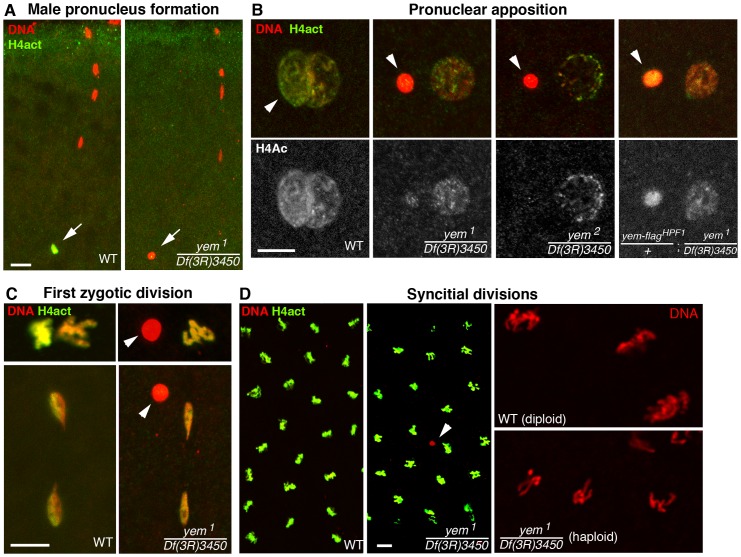Figure 3. YEM is essential for chromatin assembly in the male pronucleus at fertilization.
(A) Confocal images of fertilized eggs in telophase of meiosis II stained for DNA (red) and acetylated histone H4 (H4act, green). In wild-type eggs (WT), the male pronucleus (arrow) is brightly and specifically stained with anti-H4act antibodies. In yem mutant eggs, H4act incorporation in the male nucleus is very weak or absent. (B) Eggs at the pronuclear apposition stage. In yem1 and yem2 mutant eggs, the male pronucleus (arrowheads) fails to decondense (compare with wild-type) and contains very low or undetectable levels of H4act. Note that paternal chromatin assembly is partially restored in eggs laid by weakly fertile yem-flagHPF1/+; yem1/Df(3R)3450 females (see also Table 1). (C) Cycle 1 embryos in metaphase (top) and telophase (bottom), stained as in (A) and (B). In yem mutant eggs, the male nucleus (arrowheads) is excluded from the first zygotic division. (D) yem1/Df(3R)3450 females produce gynogenetic haploid embryos. Left: the male nucleus (red) is still detected (arrowhead) among the haploid cleavage nuclei containing chromosomes of maternal origin. Right: close-up of cleavage nuclei in metaphase from wild-type (diploid) and yem (haploid) embryos.

